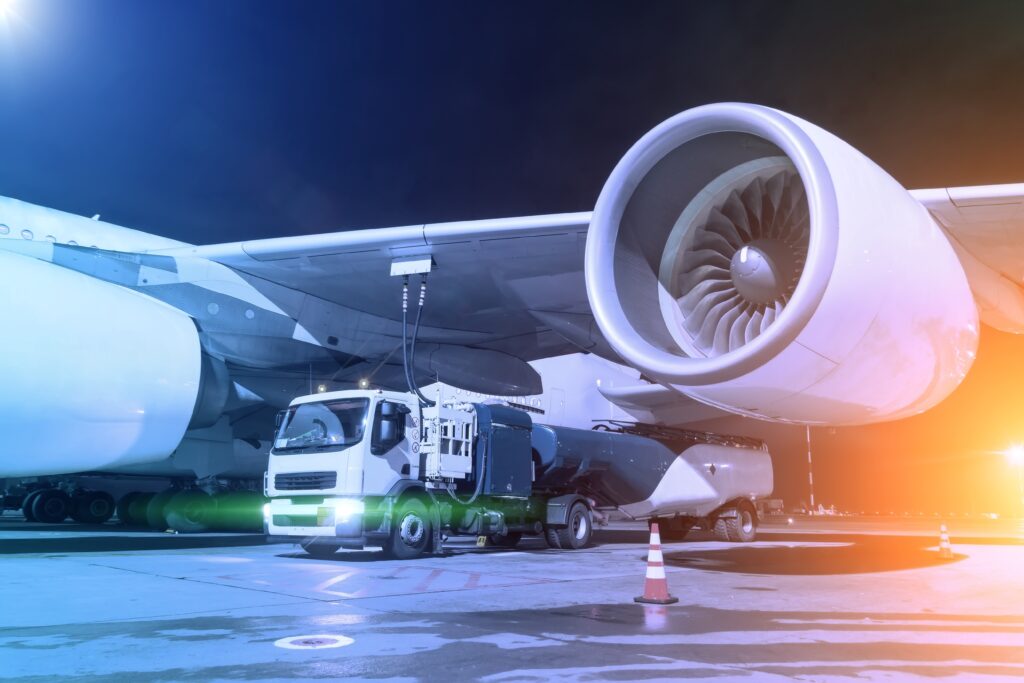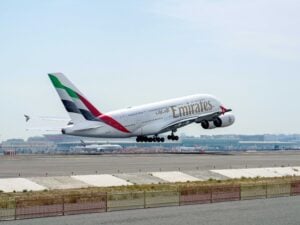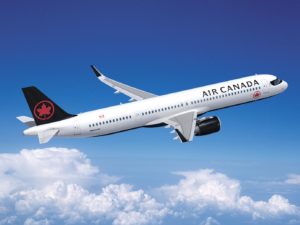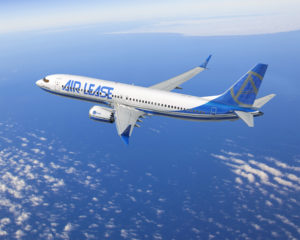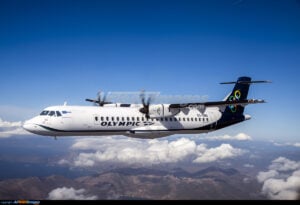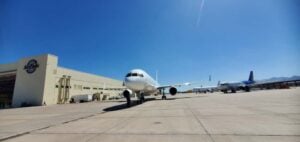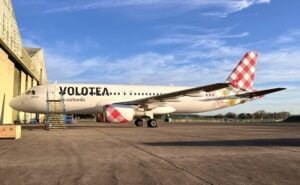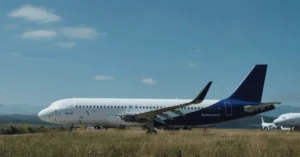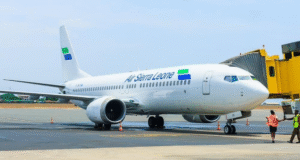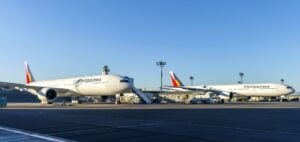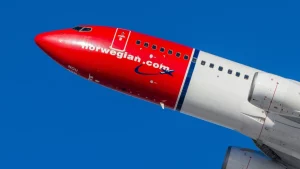Fuel spending in the global airline industry is projected to hit US$291 billion in 2024, marking a US$100 billion increase compared to five years ago. After a significant decline during the COVID-19 pandemic, fuel expenses have been steadily rising and are poised to reach a new record this year, according to data from Stocklytics.com.
Despite consuming roughly the same amount of fuel as in 2019, airlines are now paying significantly more. In 2019, airlines spent approximately US$190 billion on 96 billion gallons of fuel. The pandemic led to a sharp decline, with spending plummeting to US$80 billion in 2020. The market rebounded in 2022, with fuel usage reaching 77 billion gallons and spending rising to US$215 billion—13% more than before the pandemic.
However, recent trends show that while fuel consumption has nearly returned to pre-pandemic levels, prices have not. In 2024, airlines are expected to pay US$100 billion more for a similar volume of fuel compared to 2019, representing a 53% increase. This surge means that fuel will account for around 32% of overall airline spending in 2024, up from 25% five years ago.
The sharp rise in fuel costs is largely attributed to geopolitical factors, including Russia’s war with Ukraine and the ongoing conflict between Israel and Palestine, which have driven up prices for gasoline and jet fuel. With these conflicts showing no signs of resolution, fuel prices may continue to climb next year.
Despite the unprecedented fuel costs, record industry revenues are expected to mitigate some of the financial strain. The International Air Transport Association (IATA) reports that global air traffic has not only returned to 2019 levels but has continued to grow. The total number of airline passengers is projected to reach nearly five billion by the end of 2024—400 million more than before the pandemic. With demand for flights surging, the airline industry is expected to generate nearly one trillion dollars in revenue in 2024, US$158 billion more than in 2019.

